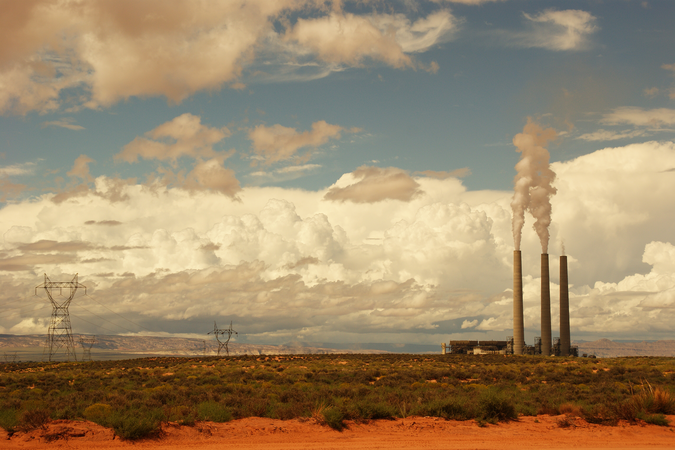Shipping in the Arctic: Promise, Preparations, and Impacts
As sea ice melts in the Arctic, shipping in the region is expected to increase, bringing new challenges. An expert panel discussed the impacts on marine life, ecosystems, and local communities, as well as how these impacts can be best mitigated.
Event Details
An RFF First Wednesday Seminar in collaboration with the Stanford Woods Institute for the Environment
President Obama’s recent trip to Alaska and the State Department’s GLACIER conference put a spotlight on climate change issues in the Arctic. With sea ice melting, shipping in the region—particularly in the Northern Sea Route that travels through the Bering Strait—is expected to increase, bringing new challenges associated with noise and sonar, pollution, the introduction of invasive species, ship strikes, and coordination with local groups.
This RFF First Wednesday Seminar will focus on understanding the science behind increased shipping and the related impacts on marine life, ecosystems, and the communities that depend on them.
- What do we know about the impacts of shipping on the marine environment?
- How might these impacts be different in the changing Arctic environment?
- How can these impacts be best mitigated?
An expert panel will also discuss ongoing efforts by the Obama administration to plan for increased shipping in the Arctic, including the Port Access Route Study and proposed two-way routing plan, nautical charting updates by the National Oceanic and Atmospheric Administration and the Coast Guard, and expansion of the port at Nome.
Event Video
Participants

Lawson Brigham

Jeremy Goldbogen

The Honorable Denise Michels

Captain Scott Smith




